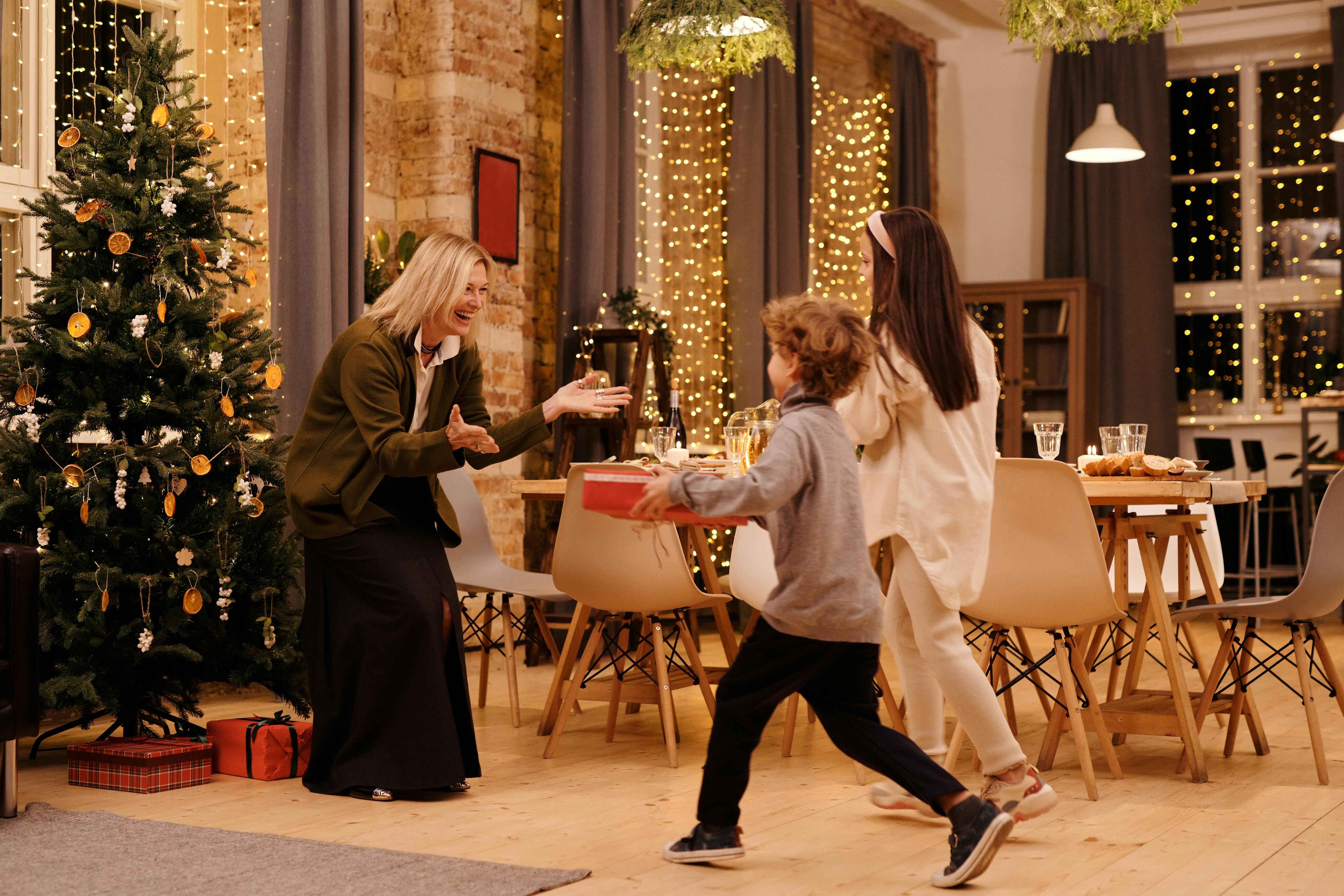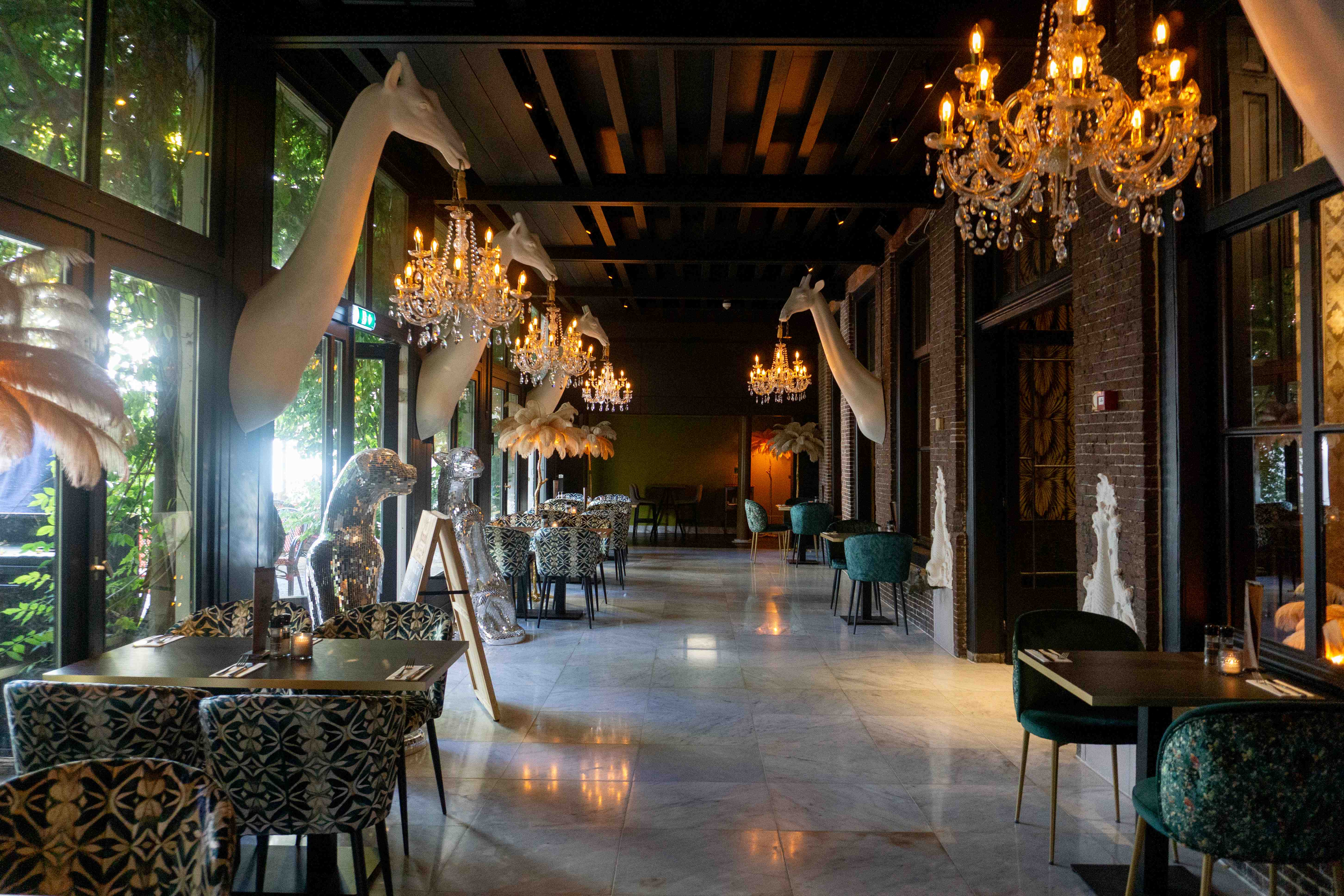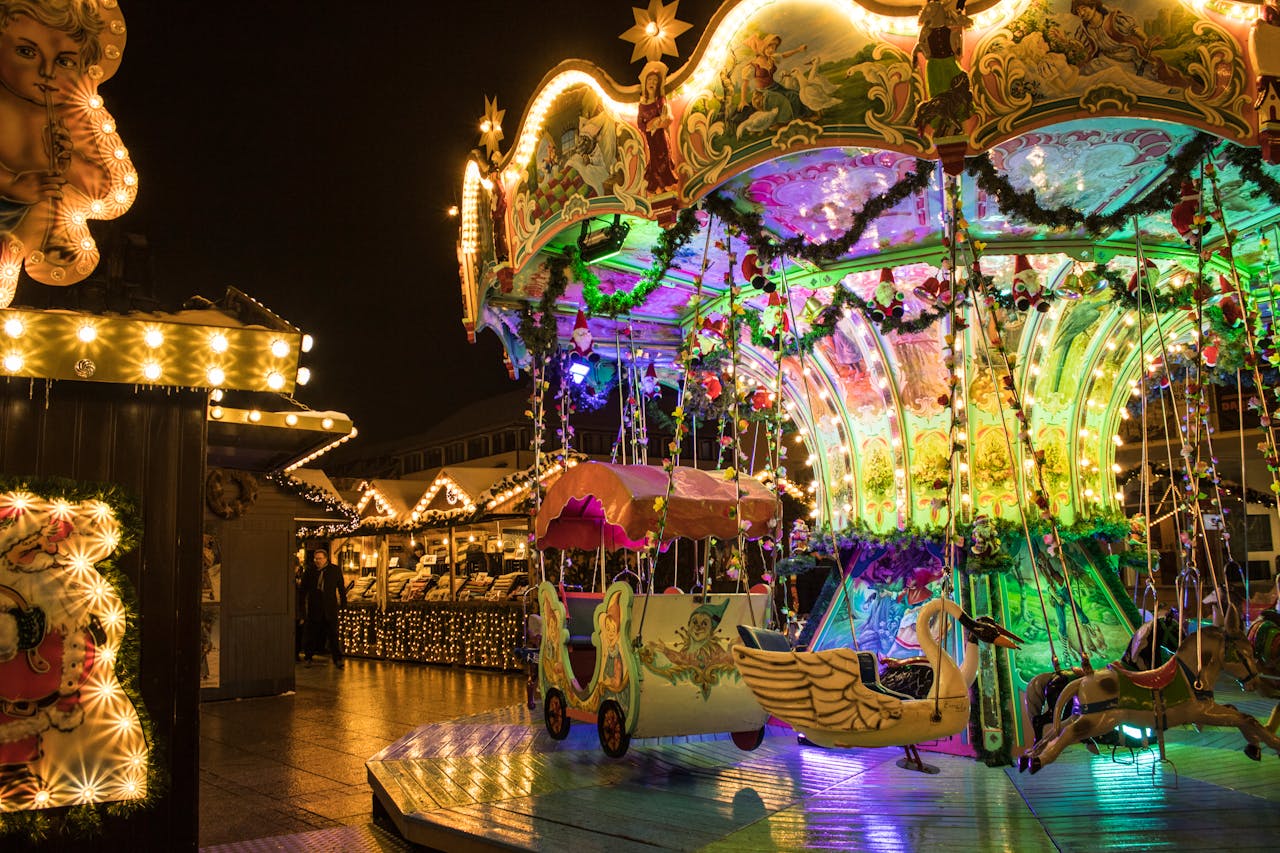
Coendersborg, located in the province of Groningen, is named after the Coenders family and was formed by the merging of land from three farms: those of the Fossema, Harckema, and Heringe families. The manor itself was built on the site of a fortified farm owned by the Fossema family and dates back to the late seventeenth century.
The Coenders Family bought the three farms in 1668. Ludolf Coenders, a councilor from Groningen, used the land for peat extraction and built a manor on the site of the former Fossemaheerd. This led to a conflict with Georg Wilhelm von Inn- und Kniphausen, the lord of Nienoord, which culminated in a battle that Ludolf won.
After Ludolf Coenders' death in 1679, the estate passed to his sister Etta, who sold Coendersborg to her son-in-law Oeno van Teyens in 1699. The Van Teyens family used the manor as a country retreat for over 150 years. In 1813, the manor received its current classical facade under the leadership of Hyma van Teyens, who also contributed to the continuation of peat extraction.
After Hyma’s death, her three children inherited the estate, but since they all died unmarried and childless, their neighbor, doctor Joachimus Lunsingh Tonckens, was named as the heir. This sparked a lengthy legal dispute with the Albers family, who considered themselves the rightful heirs. In 1951, the estate was sold to the Stichting Het Groninger Landschap.
Coendersborg has an intriguing architectural history. The front house was later added to the second wing of the manor, and a hidden construction seam is the only remnant of this expansion. At the back, there is a Frisian barn built from reused monastery bricks.
The gardens surrounding Coendersborg were created after the peat extraction, when trees were planted around the estate. This resulted in a lovely forest landscape around the manor, which, although not an English landscape garden, is reminiscent of the gardens found at other manors like Fraeylemaborg and Ekenstein, albeit without the formal paths and ponds.
The garden wall, which was built by the Van Teyens family during the manor’s reconstruction, is still largely intact. The entrance gate is gone, but the remaining hangers indicate where the gate once stood.
The area around Coendersborg is home to rich flora and fauna. The soil and the created moat form an ideal environment for stinzen plants, and in autumn, special mushrooms such as stinkhorns and earthstars can be found. The forest also provides a habitat for various wildlife, including squirrels, deer, and tawny owls. The kingfisher can often be spotted near the water, hunting for fish and insects.




